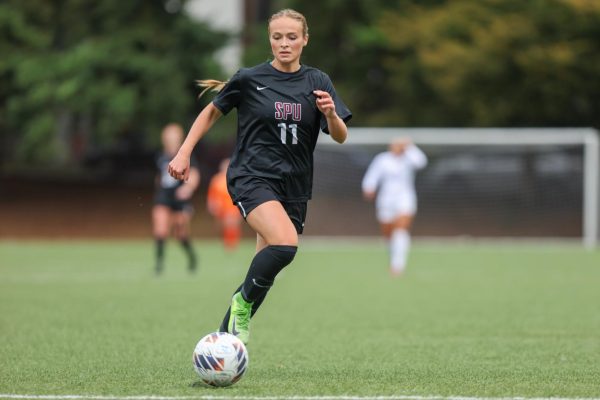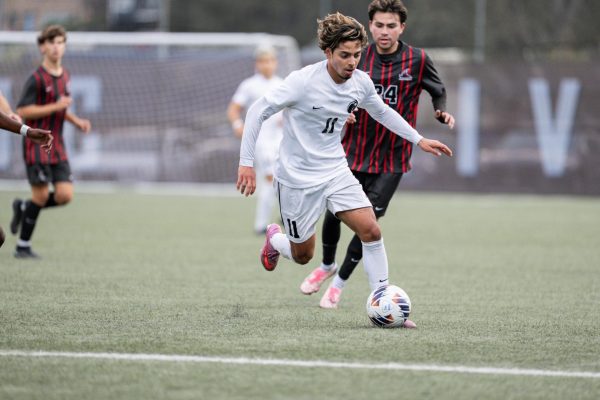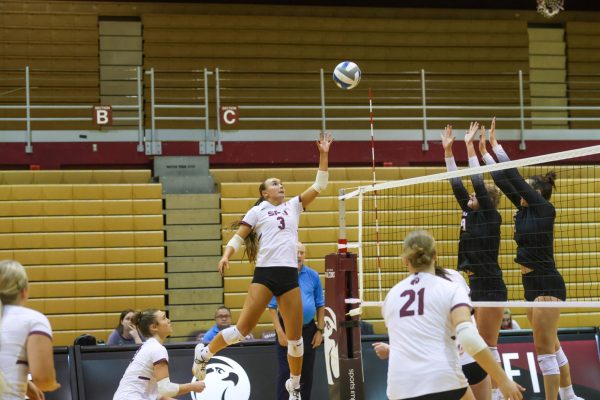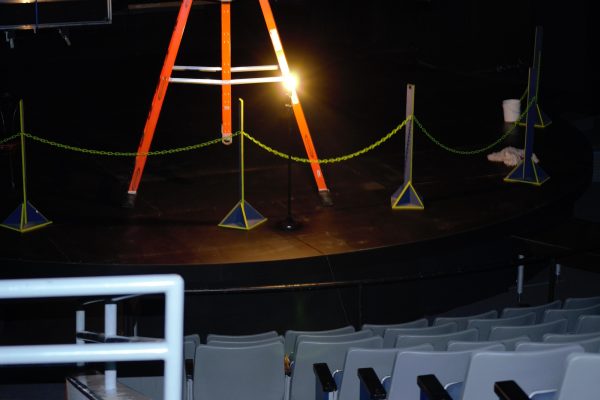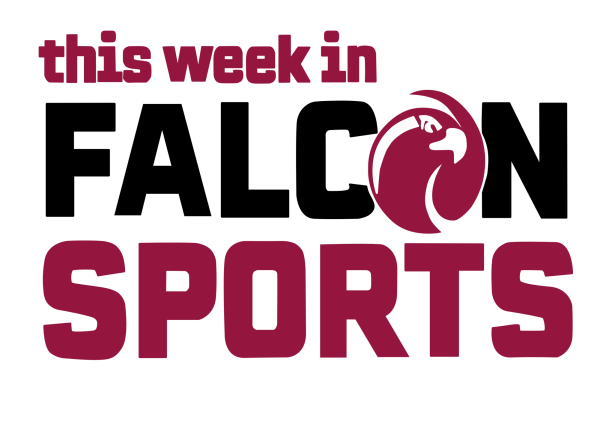The heart of all sports
SPU students share spots icons who inspire them
May 17, 2022

Ask anyone if they have ever played sports, and then ask them why they played. Some of them will say it was because their parents wanted them to. Very few may claim their participation was just an excuse to write down “athlete” on their college admission forms. The majority, however, would claim they became an athlete for a genuine love of the sport.
Athletes who compete for the love of the game, for no other reason than it makes them happy and their families proud, are true athletes. They are inspirations, role models— sports icons.
Senior mechanical engineering major Danielle Johnson says her sports icon is bronze medalist Molly Seidel, an American Olympic long-distance runner. Johnson is currently a varsity rower for Seattle Pacific University, but she previously ran for her high school’s track and cross country teams.
“Even though I am a collegiate rower now, I love the sport of running and am so inspired by women who push themselves in their sports and have fun with it,” Johnson said.“Molly is very humble and continually praises her competitors and expresses her gratitude for them because that is what ultimately pushes athletes to achieve more.”
Attitude and mindset are cornerstones in athletics. No matter how powerful the body may be, the wrong mindset will lead the best individuals downhill. No matter their background or any other supposed challenge, the right mindset and enough dedication will lead any athlete to greatness.
Freshman dual linguistics and classics major Callaghan Bluechel has two sports icons. As a loyal and diehard Mariners fan, Bluechel immediately associates former outfielder Ichiro Suzuki with the word “icon.”
“I always thought Ichiro was inspirational. He was the first Japanese position player, but he also was the slap hitter,” Bluechel said. “He would run out and get infield singles and do all the stuff no one was doing. He would make these insane throws.”
Although loyal to the Mariners, Bluechel recognizes former pitcher Jim Abbott as an impressive icon. Abbott was famous in the league for achieving success despite being born without a right hand.
“Only having one hand and still being able to be a major league baseball player is inspirational, like an overcoming-the-odds type of thing,” Bluechel said.
These icons, however, are out of reach. The greatest inspiration, the most inspiring role model anyone can aspire to be, is often not the athlete all over the news, but the one right in their backyard.
Freshman psychology major Catherine Zheng, a dancer for the SPU Ante-Up club, names her former dance instructor Kirsten Barron-Kinney as her icon. Barron-Kinney was Zheng’s teacher when she first began dancing and continued to instruct her throughout her formative years. Barron-Kinney was the head of the team Zheng danced for as well as the studio’s main choreographer.
Zheng was a competitive violinist whilst beginning her journey in dance, and was often worried about whether she would be able to balance her time between the two.
“She was really understanding. I was very competitive in violin as well, and there are a lot of studios that say, ‘If you can’t make it, you can’t go to the competition,’ and they will just kick you off the team, but she was very understanding and I got real lucky,” Zheng said.
What is most special about Barron-Kinney’s mentorship of Zheng is her understanding of and ability to help her after she sustained an injury that left her with nerve damage in her feet.
“She teaches for another place that’s mainly for people that have Parkinson’s, so she taught me in the same way she taught them. I found that really helpful and really understanding of her, too. I think with any other teacher, I would have been super difficult, but she has a background in teaching people with something similar to what I had,” Zheng said.
When people think about icons, they ask themselves what those icons might do in their situation. They ask themselves whether their heroes would have given up or not, or how they might have reacted to a certain decision. The answer will generally be that those icons didn’t give up. Those are the sources of an icon: inspiration and motivation.
“If you’re growing up and you see a basketball player, a football player, or a baseball player that came from nothing and they’re on TV, then that’s pretty inspirational,” Bluechel said.
Athletes like Jim Abbott, Jackie Robinson, Muhammed Ali, Vince Papale, and Vinnie Pazienza faced great adversity in their careers. They were forced to overcome social, physical, mental, emotional and religious challenges to become the icons they are today. They are seen as greats because they didn’t give up, because they took chances and because they realized their path to greatness was that simple.
“She [Siedel] had never raced a marathon until her Olympic trial race, and I found that so inspiring that she branched out and tried something new to just see how it would go. You never know if you’re actually good at something until you try it,” Johnson said.




















































































